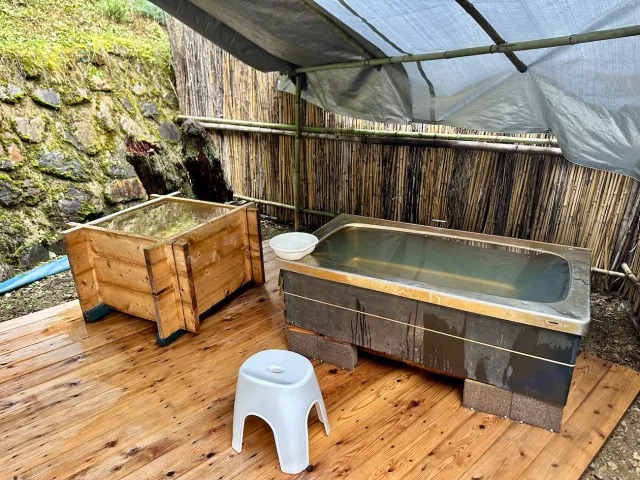
A unique outdoor experience, where you pay for your bath by the litre.
You’ll see a lot of things on a drive through the mountains in rural Japan, but if you’re up north of Tokyo, in Ashikaga City, Tochigi Prefecture, you’ll want to keep your eyes peeled for a secret onsen so unusual even locals are surprised by it.
We never would’ve come across the onsen ourselves if it wasn’t for our reporter Masanuki Sunakoma stumbling upon it during a drive in the area. What drew his attention to the spot was a giant, handmade sign that read “Tent Baths Onsen Sales“, and being the adventurous type, he immediately turned off the main road to find out what it was all about.
The sign looked a little creepy and so too did the road to the so-called “tent baths”, which was more like a forest path, taking him into a heavily wooded area that was dimly lit due to shade cover.
Masanuki’s heart was thumping with excitement at the impulse decision to veer off towards an unknown destination, but when he turned a corner and saw an arrow with the familiar onsen hot spring icon on it, he knew he was on the right path.
Not long past this sign, the trees cleared and Masanuki arrived at a facility that looked like a secret hideout.
As he cautiously approached the main building, a friendly landlady appeared, smiling with a warm welcome and easing Masanuki’s nerves. She told him to park the car and head inside the cafe, where he could register for his bath.
▼ The cafe and baths here are only open two days a week, on Fridays and Sundays.
The cafe was like a lovely little oasis in the middle of nowhere, and the name of the facility, “Panthalassa no Umi Ashikaga Onsen”, made him feel like a drop in the ocean too. “Panthalassa no Umi” (“Panthalassan Ocean”) refers to the massive superocean that covered half the Earth when the supercontinent Pangaea existed, back in the early Mesozoic period, and it really made Masanuki feel like he’d stepped back in time.
The quiet stillness of the forest retreat made Masanuki feel as if he was one of only a few people alive on Earth, adding a dash of extra excitement to his bathing expedition. Perusing the bath “menu”, he discovered that the hot springs were located on the opposite side of the cafe, across from the parking lot, and ran on an unusual system whereby visitors pay to use a full tub of water.
The cost is 110 yen (US$0.68) for 18 litres (4.75 gallons), and the price varies, depending on the size of the bathtub. There were seven different baths available, and Masanuki went for the most expensive one, which came with two tubs, for 2,750 yen.
As he waited for his bath to be freshly prepared, he was served a free cup of Jerusalem artichoke tea with a side of Yubeshi, a sweet rice cake made with yuzu citrus, and both were delicious.
It didn’t take long for his bath to be ready, so when the landlady returned, he headed out to the bathing area.
It was like a spa retreat in the middle of the forest, and as he got closer he could see why the sign had advertised the place as “tent baths”.
There, under what was perhaps the biggest tent-like covering of them all, was Masanuki’s double-bath wonder.
This is the most popular bath for families and couples, and because the price remains standard, regardless of how many people use it at the same time, it’s a cost-effective option.
▼ Masanuki, however, had the two tubs all to himself.
According to the landlady, the stainless steel bathtub contains hot spring water which is about 42 degrees Celsius (107 degrees Fahrenheit), and the wooden one has hot spring water which is about 25 degrees.
“Please enjoy the hot and cold bath” said the landlady before she disappeared, and that’s exactly what Masanuki did, stripping off and hopping into the hot bath first.
As the baths are reserved for private use and cleaned and refilled after each visit, it’s okay to buck the usual rules of cleaning yourself with soap before hopping in. Masanuki had just showered in the morning so he didn’t mind easing himself into the bath straight away, and as he felt the water warming his body and softening his skin, he was able to relax fully before stepping out to try the colder tub.
Masanuki felt all his troubles wash away as he sat back and enjoyed the surrounding greenery. It was a wonderful way to forget about time and leave all your worries behind, and when he stepped out of his tent, he felt wonderfully relaxed and re-energised.
The healing waters felt so good that when he returned to the landlady and she told him people usually visit with plastic tanks to fill up and take home, Masanuki wished he’d done the same thing. She also told him the water has skin-smoothing properties, and while you can buy water to take home with you for bathing, it’s good for cooking with too.
Masanuki wasn’t sure about cooking with hot spring water, but he did enjoy his post-soak hot spring egg, and a plum beverage, which were on the menu for 150 yen and 330 yen respectively.
The kind proprietress also gave him some lotion for him to slather on his skin, giving him the ultimate in post-bath luxuriation. It turned out to be one of the most unique hot spring experiences he’s ever had, and now he knows of its existence, he’s keen to return to the Panthalassan Ocean Onsen…and when he does, he’ll bring a tank to fill.
Hot spring information
Panthalassa no Umi Ashikaga Onsen / パンサラッサのうみ足利温泉
Address: Tochigi-ken, Ashigaka-shi, Nagusakamicho 2715
栃木県足利市名草上町2715
Hours: 10:00 a.m.-4:00 p.m. Open Friday and Sunday only
Photos ©SoraNews24
● Want to hear about SoraNews24’s latest articles as soon as they’re published? Follow us on Facebook and Twitter!
[ Read in Japanese ]

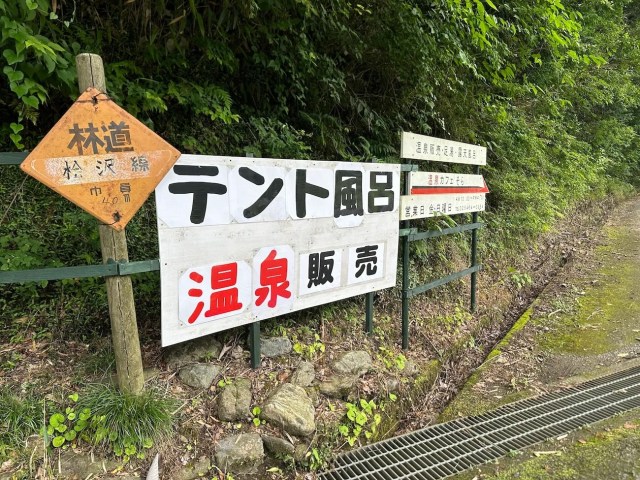
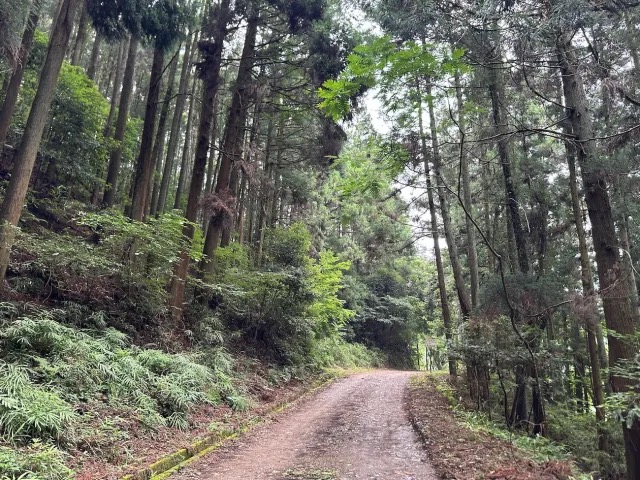
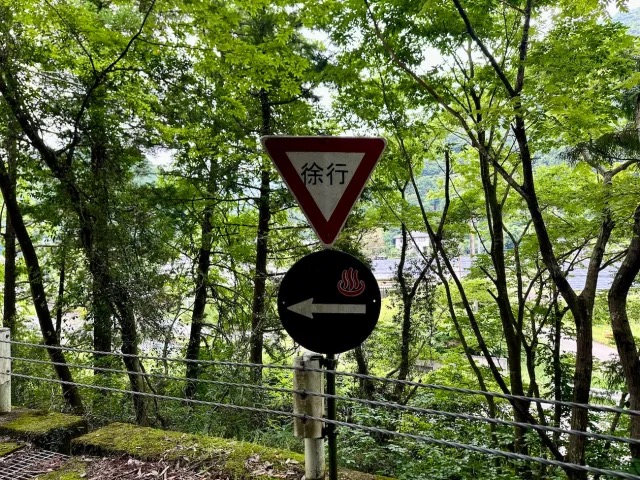
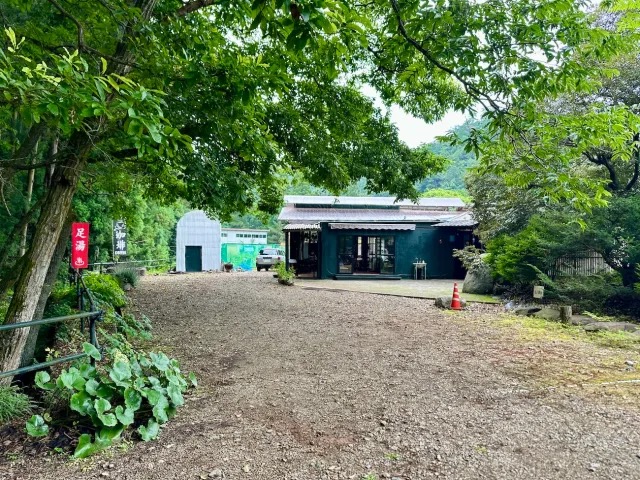
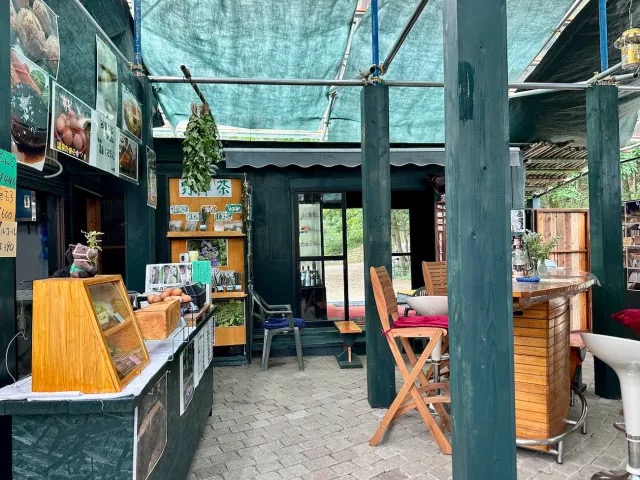
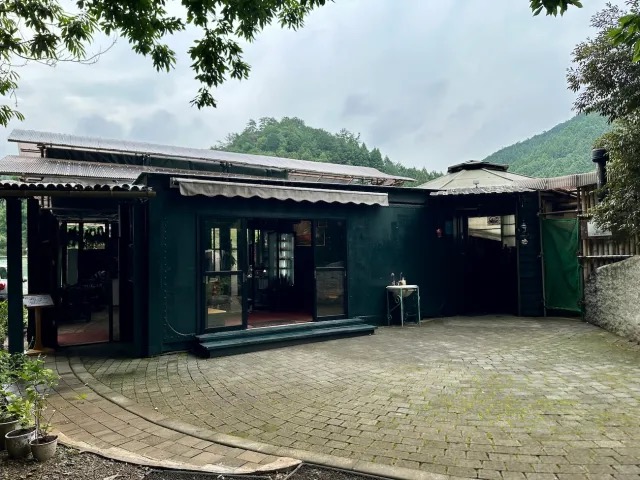
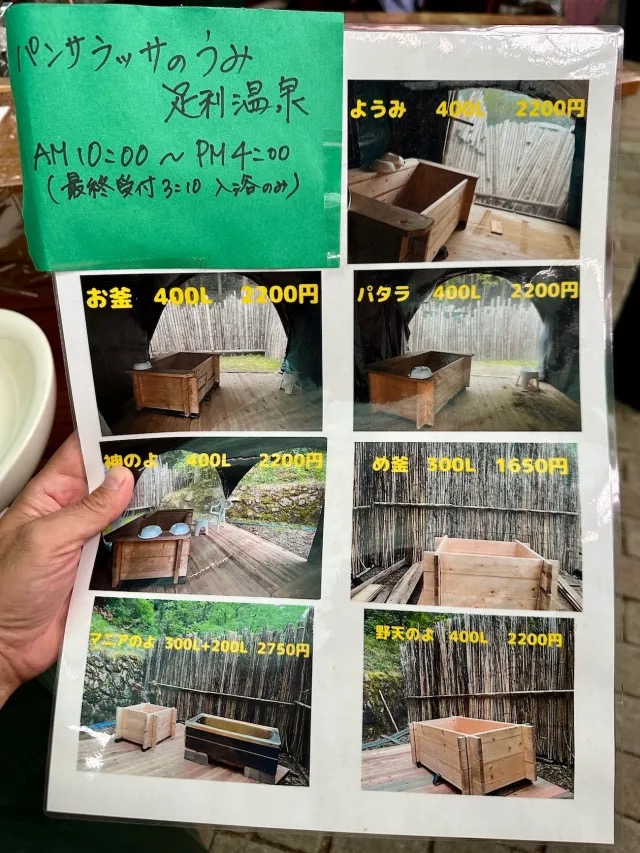
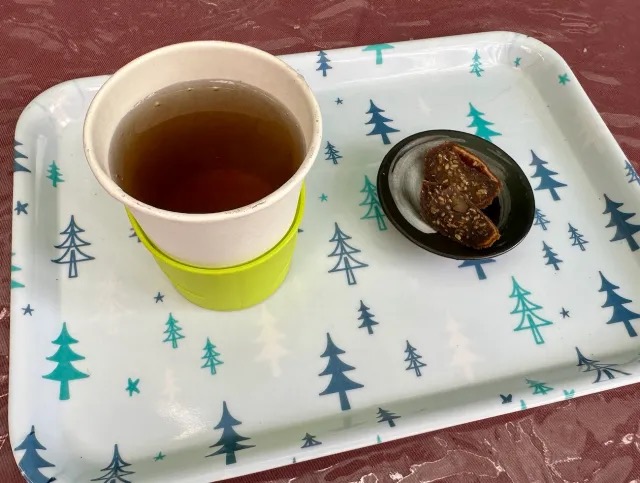
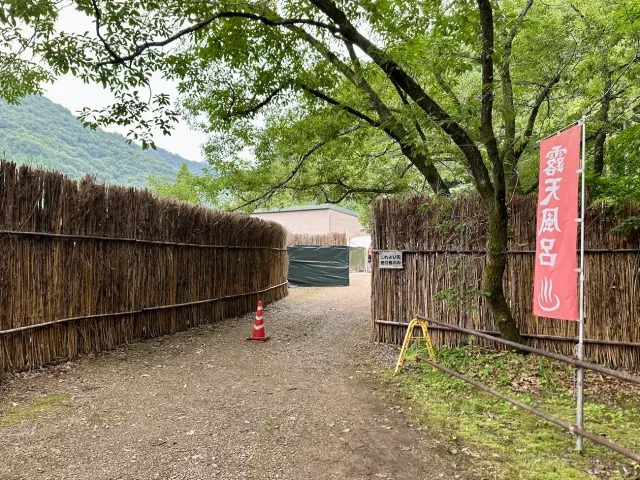
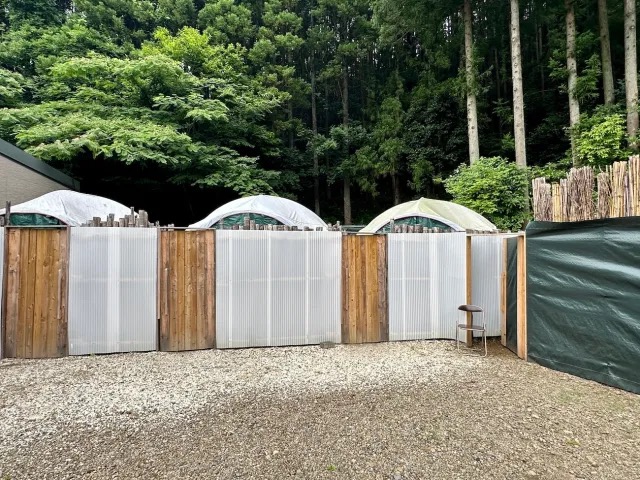
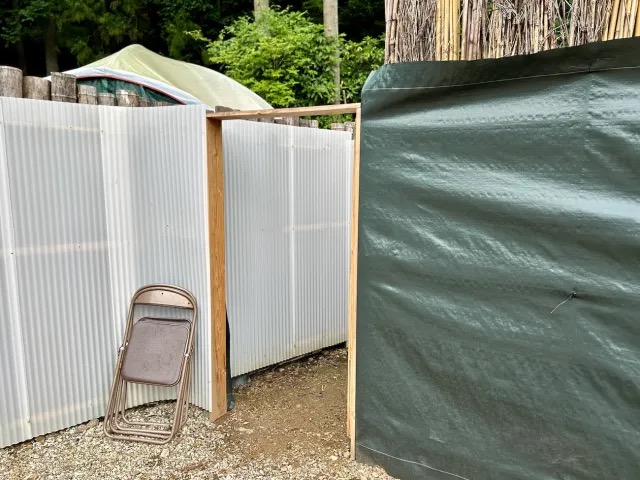
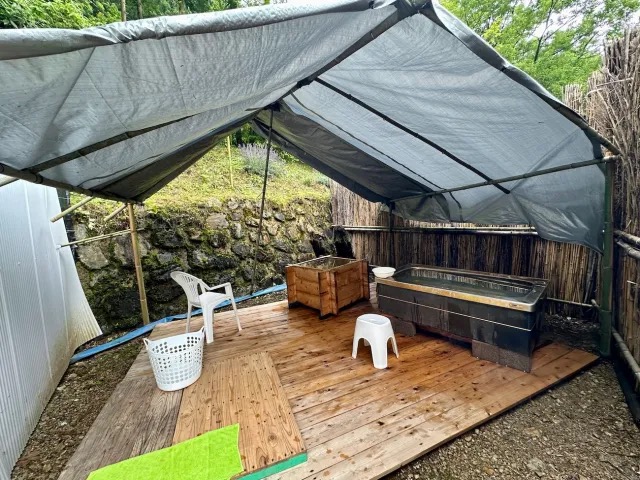
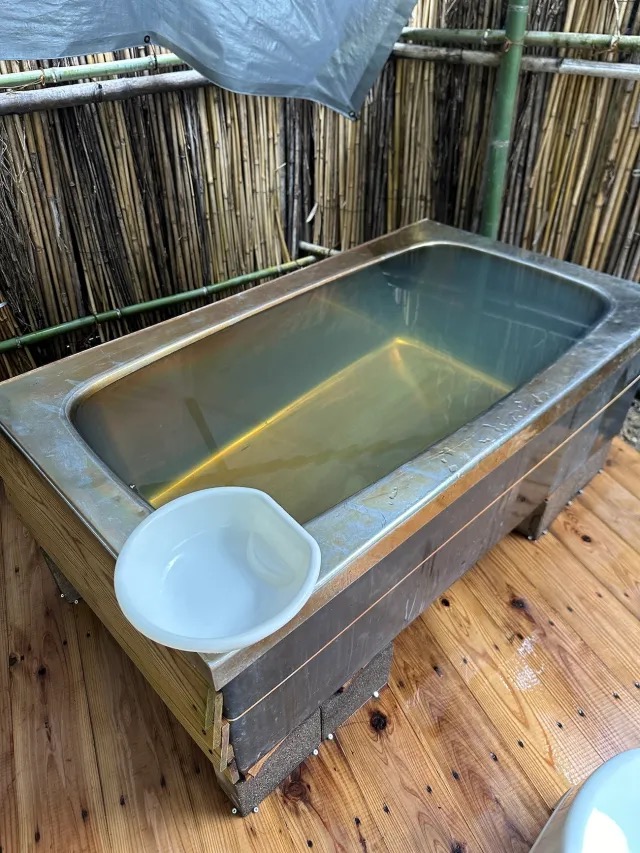
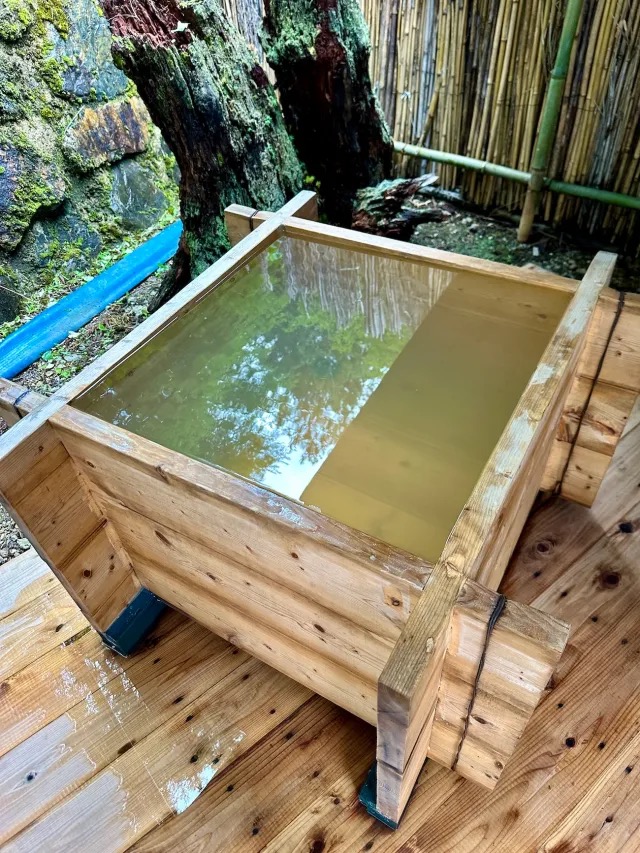
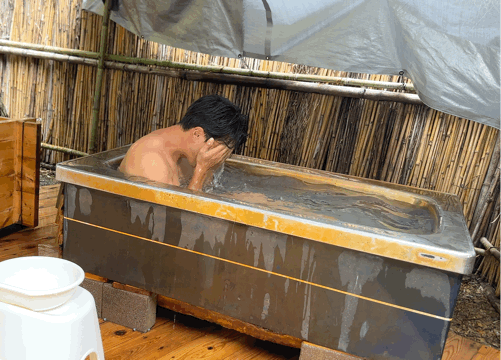
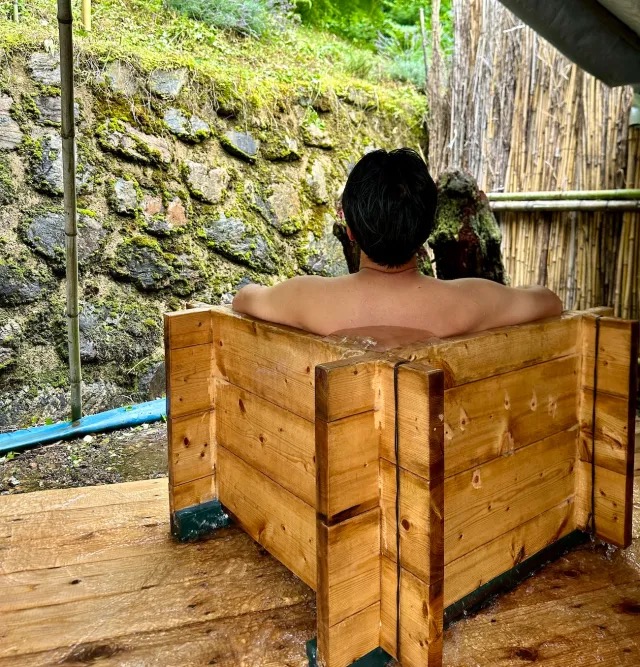
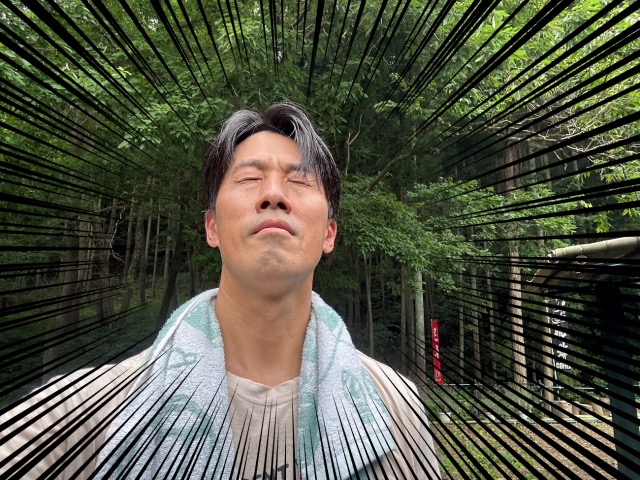
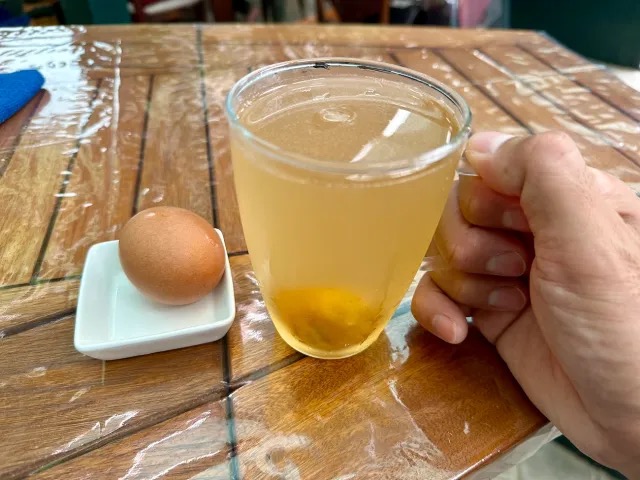
 Secret hot spring onsen in Japan is a hidden gem waiting to be discovered by tourists
Secret hot spring onsen in Japan is a hidden gem waiting to be discovered by tourists Japanese onsen stand is part gas station, part hot spring vending machine
Japanese onsen stand is part gas station, part hot spring vending machine Onsen hot spring with Mt Fuji views has one of the best rotenburo in Japan
Onsen hot spring with Mt Fuji views has one of the best rotenburo in Japan Capybara hot springs are back: Rodent-friendly onsen now available all over Japan
Capybara hot springs are back: Rodent-friendly onsen now available all over Japan Hyotan Onsen – Japan’s only hot spring with three Michelin stars
Hyotan Onsen – Japan’s only hot spring with three Michelin stars Japan releases first official sakura cherry blossom forecast for 2026
Japan releases first official sakura cherry blossom forecast for 2026 Visiting Japan’s Gyarados Pokémon park in the city with a special connection to Magikarp【Photos】
Visiting Japan’s Gyarados Pokémon park in the city with a special connection to Magikarp【Photos】 Majority of Japanese women in survey regret marrying their husband, but that’s only half the story
Majority of Japanese women in survey regret marrying their husband, but that’s only half the story Umamusume anime cosplayers make news in U.S. for their pro football fandom【Video】
Umamusume anime cosplayers make news in U.S. for their pro football fandom【Video】 We traveled almost 400 miles to get popcorn from this ninja machine, but do we regret it?【Photos】
We traveled almost 400 miles to get popcorn from this ninja machine, but do we regret it?【Photos】 New Japanese menstrual product seeks to help women spot unidentified iron deficiencies
New Japanese menstrual product seeks to help women spot unidentified iron deficiencies That time Seiji called JASRAC to ask why he didn’t get paid royalties for his song being on TV
That time Seiji called JASRAC to ask why he didn’t get paid royalties for his song being on TV We spent over US$400 at a Tokyo premium capsule machine, and we’re not sure how we feel about it
We spent over US$400 at a Tokyo premium capsule machine, and we’re not sure how we feel about it Canned cuteness as Hello Kitty and friends kick off Can Chara capsule toy line【Photos】
Canned cuteness as Hello Kitty and friends kick off Can Chara capsule toy line【Photos】 Flower Ice Cream becomes Japan’s newest breathtaking dessert
Flower Ice Cream becomes Japan’s newest breathtaking dessert Starbucks Japan releases new drinkware and goods for Valentine’s Day
Starbucks Japan releases new drinkware and goods for Valentine’s Day Starbucks Japan releases new Frappuccino and latte for Valentine’s Day
Starbucks Japan releases new Frappuccino and latte for Valentine’s Day Massive manga collaboration bringing 100 years of Shueisha manga to Uniqlo T-shirts【Photos】
Massive manga collaboration bringing 100 years of Shueisha manga to Uniqlo T-shirts【Photos】 Totoro cream puffs and Catbus cookies are finally available in downtown Tokyo
Totoro cream puffs and Catbus cookies are finally available in downtown Tokyo Japan’s kid-friendly ski program is now selling Pikachu snowboards for a limited time only
Japan’s kid-friendly ski program is now selling Pikachu snowboards for a limited time only Japanese women showing rebounding interest in giving Valentine’s Day chocolate【Survey】
Japanese women showing rebounding interest in giving Valentine’s Day chocolate【Survey】 McDonald’s Japan releases a Mushroom Mountain and Bamboo Shoot Village McFlurry
McDonald’s Japan releases a Mushroom Mountain and Bamboo Shoot Village McFlurry Ramen restaurant’s English menu prices are nearly double its Japanese ones, denies discriminating
Ramen restaurant’s English menu prices are nearly double its Japanese ones, denies discriminating 10 times to avoid traveling in Japan in 2026
10 times to avoid traveling in Japan in 2026 Starbucks Japan ready to get Year of the Horse started with adorable drinkware and plushies【Pics】
Starbucks Japan ready to get Year of the Horse started with adorable drinkware and plushies【Pics】 Our 52-year-old pole dancing reporter shares his tips for achieving your New Year’s exercise goal
Our 52-year-old pole dancing reporter shares his tips for achieving your New Year’s exercise goal 7-Eleven Japan starts new temporary luggage storage service in over 300 branches
7-Eleven Japan starts new temporary luggage storage service in over 300 branches Disillusionment at Tsukiji’s tourist-target prices led us to a great ramen restaurant in Tokyo
Disillusionment at Tsukiji’s tourist-target prices led us to a great ramen restaurant in Tokyo Japan may add Japanese language proficiency, lifestyle classes to permanent foreign resident requirements
Japan may add Japanese language proficiency, lifestyle classes to permanent foreign resident requirements Lacquerware supplier to emperor of Japan and Pokémon team up for new tableware
Lacquerware supplier to emperor of Japan and Pokémon team up for new tableware Survey asks foreign tourists what bothered them in Japan, more than half gave same answer
Survey asks foreign tourists what bothered them in Japan, more than half gave same answer Japan’s human washing machines will go on sale to general public, demos to be held in Tokyo
Japan’s human washing machines will go on sale to general public, demos to be held in Tokyo We deeply regret going into this tunnel on our walk in the mountains of Japan
We deeply regret going into this tunnel on our walk in the mountains of Japan Studio Ghibli releases Kodama forest spirits from Princess Mononoke to light up your home
Studio Ghibli releases Kodama forest spirits from Princess Mononoke to light up your home Major Japanese hotel chain says reservations via overseas booking sites may not be valid
Major Japanese hotel chain says reservations via overseas booking sites may not be valid Put sesame oil in your coffee? Japanese maker says it’s the best way to start your day【Taste test】
Put sesame oil in your coffee? Japanese maker says it’s the best way to start your day【Taste test】 No more using real katana for tourism activities, Japan’s National Police Agency says
No more using real katana for tourism activities, Japan’s National Police Agency says Starbucks Japan reveals new sakura drinkware collection, inspired by evening cherry blossoms
Starbucks Japan reveals new sakura drinkware collection, inspired by evening cherry blossoms Updated cherry blossom forecast shows extra-long sakura season for Japan this year
Updated cherry blossom forecast shows extra-long sakura season for Japan this year Soak in a secret Japanese onsen hot spring…in a dilapidated old building
Soak in a secret Japanese onsen hot spring…in a dilapidated old building Take the “Public” Out of Public Bathing and Make a Natural Hot Spring in the Comfort of Your Own Home
Take the “Public” Out of Public Bathing and Make a Natural Hot Spring in the Comfort of Your Own Home Bathe in the waters of a rare Japanese onsen temple steeped in over 1,000 years of history
Bathe in the waters of a rare Japanese onsen temple steeped in over 1,000 years of history Onsen in Japan uses the same mysterious hot spring bathing system from Ghibli film Spirited Away
Onsen in Japan uses the same mysterious hot spring bathing system from Ghibli film Spirited Away Secret onsen hot spring is a hidden gem in Tokyo
Secret onsen hot spring is a hidden gem in Tokyo Solaniwa Onsen: Kansai’s largest hot spring theme park is also one of its most beautiful
Solaniwa Onsen: Kansai’s largest hot spring theme park is also one of its most beautiful English hot spring manners poster is so thorough, even Japanese people are learning from it
English hot spring manners poster is so thorough, even Japanese people are learning from it Five of Japan’s most unique snow-covered hot spring bathing sites
Five of Japan’s most unique snow-covered hot spring bathing sites New hot spring found in Tokyo as 80-year-old bathhouse makes a happy discovery
New hot spring found in Tokyo as 80-year-old bathhouse makes a happy discovery Hot Spring Lovers Rejoice! Three Unique Onsen Resorts to Try Before You Die
Hot Spring Lovers Rejoice! Three Unique Onsen Resorts to Try Before You Die Bizarre pyramid hot spring in Japan combines Egyptian aesthetics with onsen relaxation
Bizarre pyramid hot spring in Japan combines Egyptian aesthetics with onsen relaxation Eight unforgettable hot springs, as recommended by Japan’s “Professor Bath”
Eight unforgettable hot springs, as recommended by Japan’s “Professor Bath” Dog’s Onsen: Give your pet a traditional Japanese hot spring bath
Dog’s Onsen: Give your pet a traditional Japanese hot spring bath Tochigi hot spring pyramid first in the world to let you bathe in cosmic energy as well as water
Tochigi hot spring pyramid first in the world to let you bathe in cosmic energy as well as water Hot springs website reveals the most popular user-picked onsen in all of northern Japan
Hot springs website reveals the most popular user-picked onsen in all of northern Japan
Leave a Reply